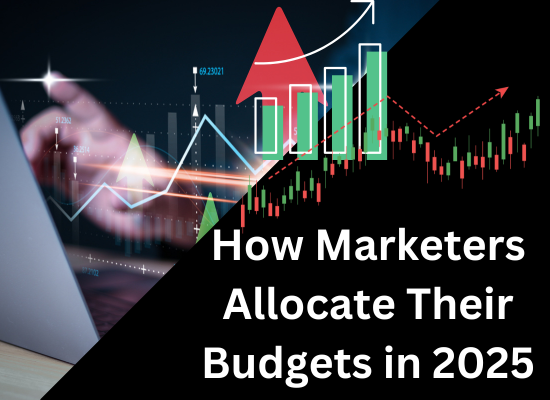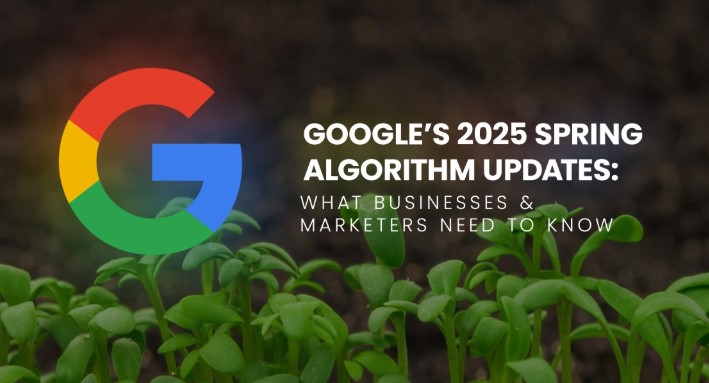In an ever-evolving landscape, the question of how marketers allocate their budgets is perennially relevant. As we step into 2025, changes in technology, consumer behavior, and global markets continue to redefine the strategies that drive effective marketing. To understand the current trends, we surveyed 11,093 marketing professionals from diverse industries and regions about how they are spending their money this year. Here’s what we found:
1. Digital Dominates
Unsurprisingly, digital marketing continues to capture the lion’s share of marketing budgets. This year, 85% of the marketers we surveyed plan to increase their spending on digital channels. Social media advertising, search engine marketing (SEM), and content creation are at the top of their priority list. The rise of platforms like TikTok and the ongoing effectiveness of Facebook and Instagram ads underscore a dynamic platform mix.
2. Data and Analytics Investments
With the need to deliver more personalized marketing messages, spending on data analytics tools has surged. Around 78% of respondents are investing in advanced analytics platforms to better understand consumer behavior and refine their marketing strategies. This includes investments in AI and machine learning technologies that can predict customer preferences and behaviors with greater accuracy.
3. Customer Experience (CX) Takes Center Stage
Marketers are increasingly recognizing the importance of customer experience in driving loyalty and revenue. Approximately 65% of marketers are boosting their budgets for CX initiatives, which include omnichannel marketing strategies and customer service enhancements. Technologies that streamline interactions, such as chatbots and personalized web experiences, are seeing significant investments.
4. Sustainability and Ethical Marketing
As consumers become more environmentally conscious, marketers are also adjusting their strategies to align with these values. About 59% of respondents indicated that they are spending more on sustainable and ethical marketing practices. This not only involves promoting eco-friendly products but also ensuring that marketing practices themselves are sustainable.
5. Video Content is Still King
Despite the rise of various new content forms, video remains a critical component of effective digital marketing strategies. Over 70% of marketers plan to increase their investment in video production, citing its high engagement rates and effectiveness in conversion. This includes both short-form videos, popular on platforms like TikTok and Instagram Reels, and long-form content on YouTube.
6. Augmented Reality (AR) and Virtual Reality (VR)
While still not as dominant as other marketing methods, AR and VR are gaining traction. This year, 34% of marketers expect to experiment with or increase their investment in these technologies. From virtual try-ons to immersive advertisements, AR and VR are opening new avenues for interactive customer engagement.
7. Influencer Partnerships Expand
Influencer marketing continues to evolve, with 77% of marketers planning to either increase their spending or maintain it. The focus has shifted slightly from mega-influencers to micro and nano-influencers, who tend to have higher engagement rates and niche audiences that offer better targeting opportunities.
8. Return to Physical Events
With the world largely open post-pandemic, there’s a renewed interest in physical events. About 48% of marketers are increasing their budgets for trade shows, conferences, and experiential marketing. These events provide valuable opportunities for direct engagement and networking, which remain crucial in building business relationships.
Conclusion
The insights from our comprehensive survey indicate a clear shift towards more personalized, data-driven, and ethically responsible marketing strategies. As marketers continue to navigate through the complexities of a digital-first world, staying agile and responsive to emerging trends is more important than ever.
By understanding these trends, marketing professionals can better allocate their budgets to drive growth and build meaningful connections with their audiences in 2025.





